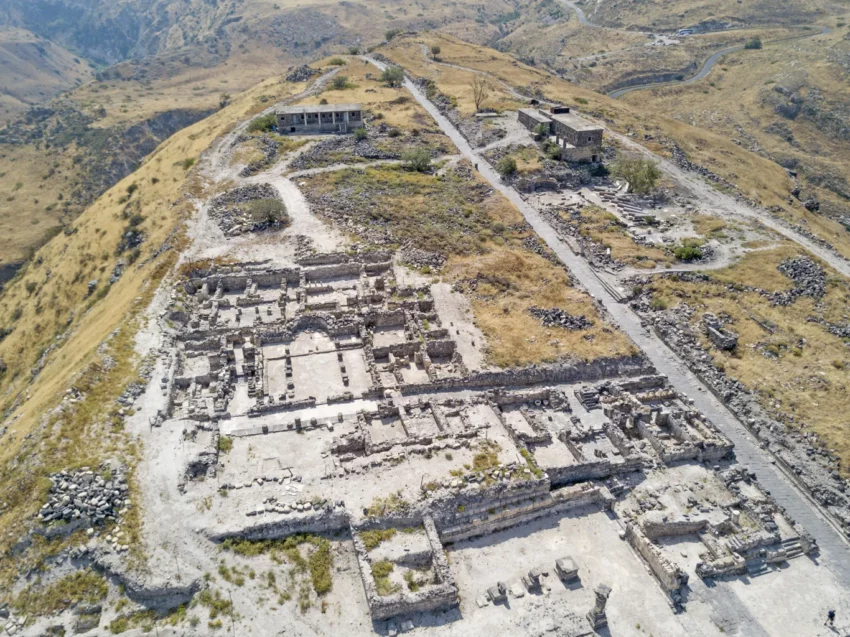The Ancient City of Hippos: A Glimpse into History
Hippos, also known as Sussita in Aramaic and Hebrew, stands as a fascinating ancient city and archaeological site. Located on a hill 2 km east of the Sea of Galilee, it connects to the western slopes of the Golan Heights via a topographical saddle. The city’s rich history spans various periods, cultures, and rulers, making it a significant historical treasure.
Get your dose of History via Email
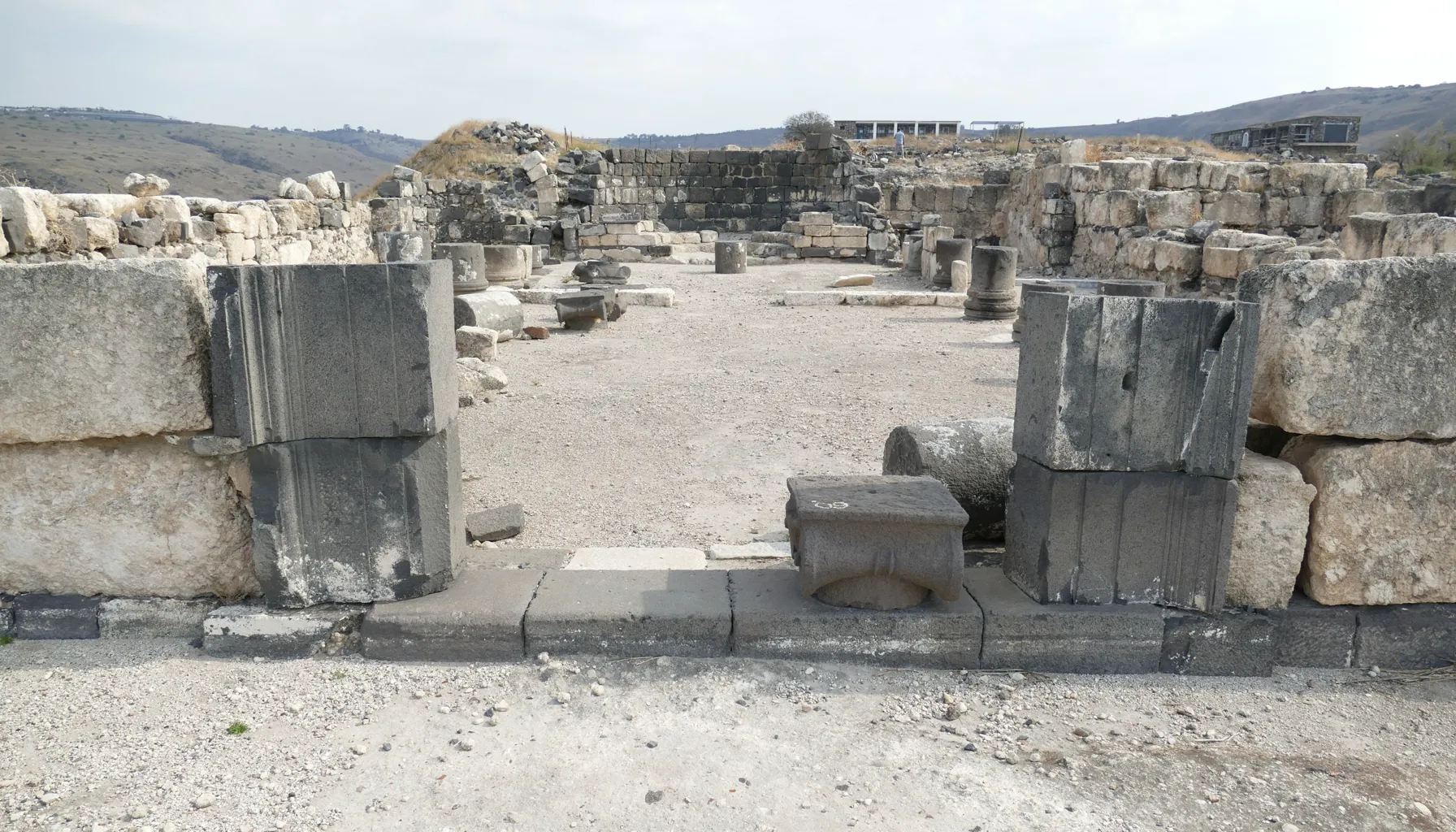
A Hellenistic City in the Northern Jordan Valley
Hippos was established as a Hellenistic city and became a prominent member of the Decapolis, a group of ten cities deeply influenced by Greco-Roman culture. The city’s connection to this culture differentiated it from the local Semitic-speaking population. Over time, Hippos evolved into a predominantly Christian city before declining during the Byzantine period and the Early Muslim period. It was eventually abandoned after the devastating earthquake of 749 AD.
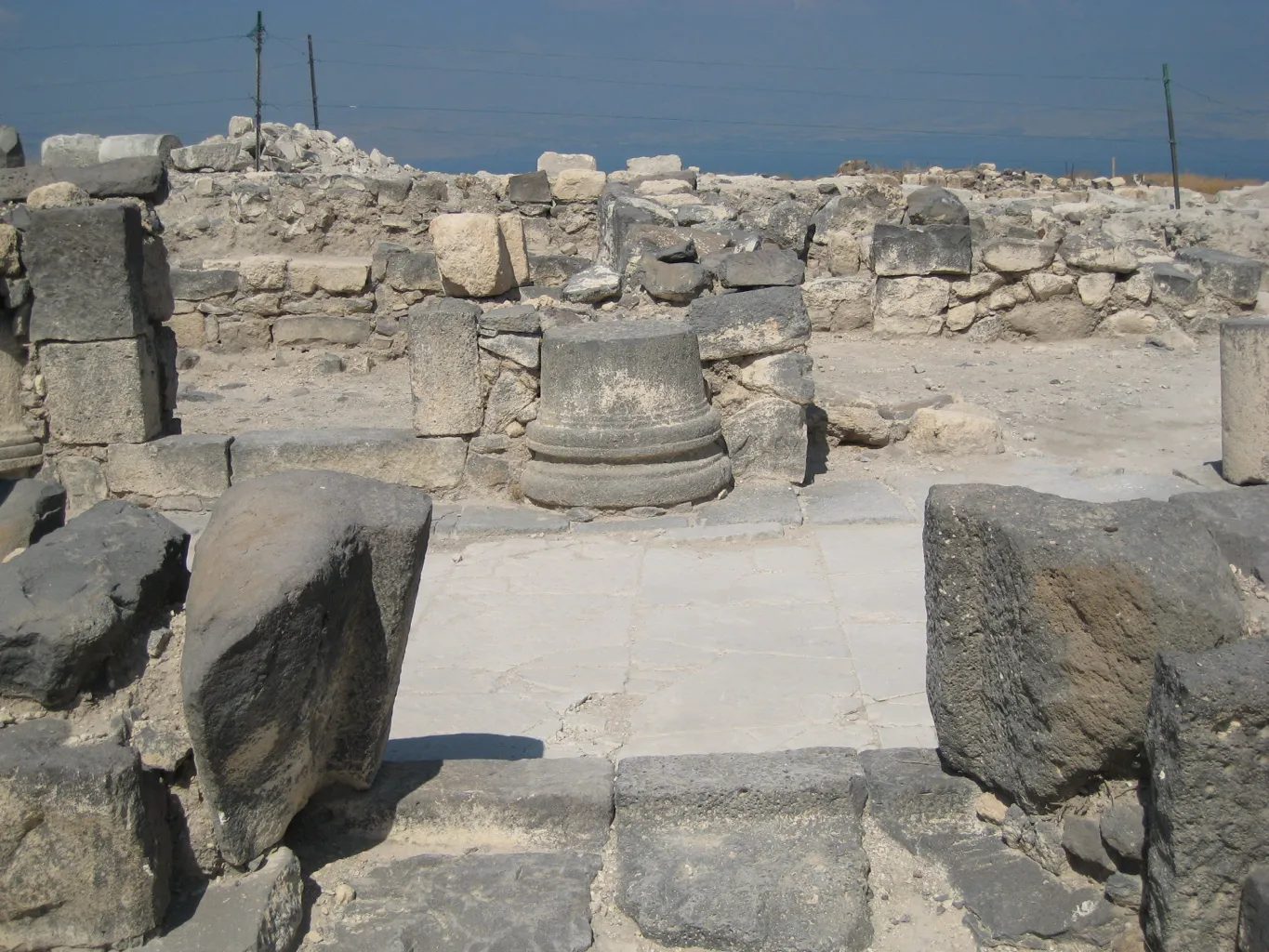
Geography of Hippos
Situated 2 kilometers east of the Sea of Galilee, Hippos was built on a flat-topped hill, 350 meters above the lake and 144 meters above sea level. The site is near modern Kibbutz Ein Gev. Hippos not only included a fortified city but also boasted two harbors on the Sea of Galilee and a significant surrounding hinterland, known as Hippos’ Territorium.
Etymology and Naming
Founded in the mid-second century BC as Antioch of Hippos, the city’s name, Hippos, means “horse” in Greek. This name was common among Seleucid monarchs. In the 5th-7th century Mosaic of Rehob, the site is identified by its Aramaic name, Sussita, also meaning “horse.” In Arabic, it is known as Qal’at al-Ḥiṣn or Qal’at al-Ḥuṣn, translating to “Fortress of the Horse/Stallion.” The Latinized version of the name is Hippus.
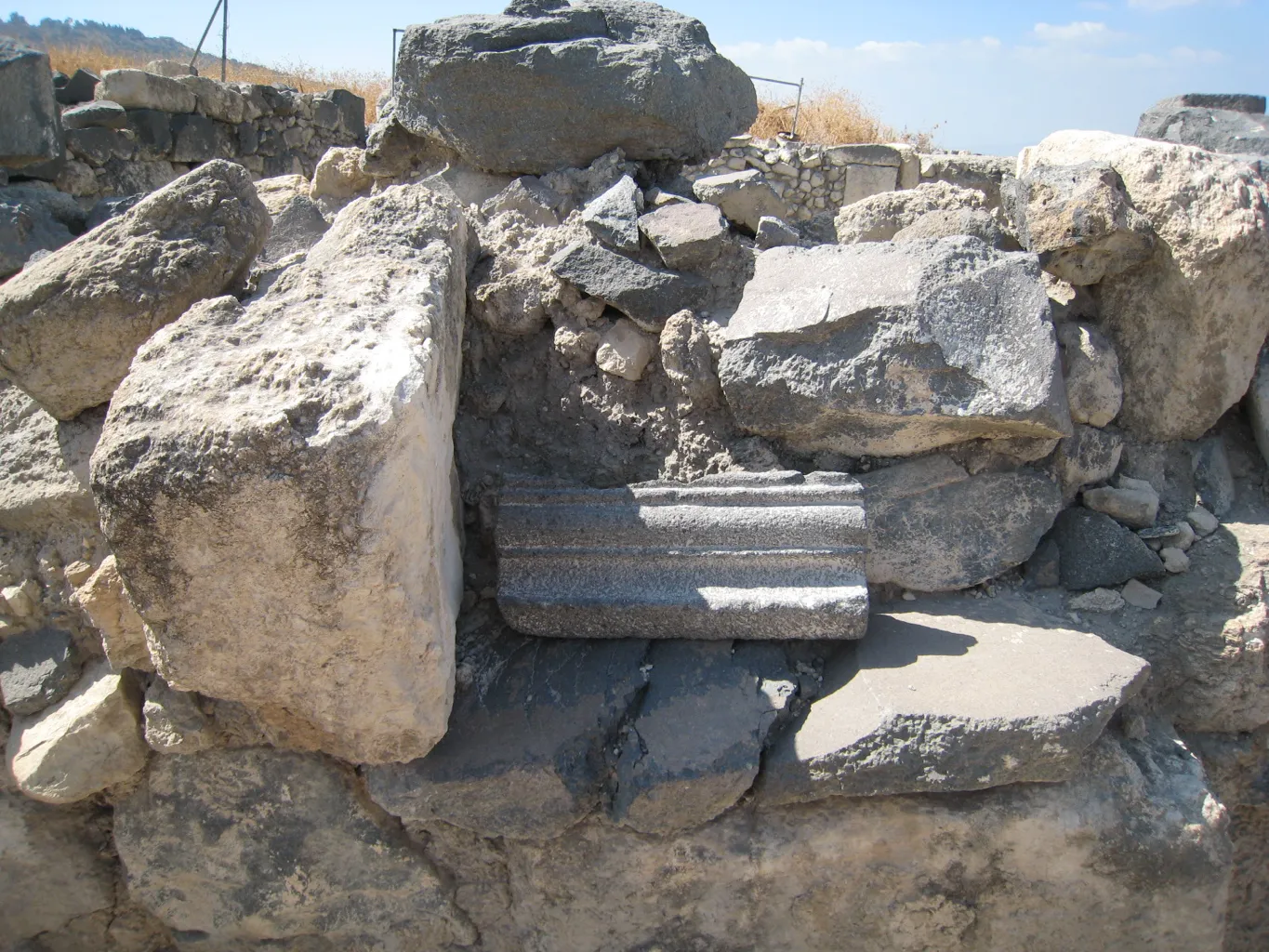
Early Habitation and Hellenistic Period
Archaeological evidence indicates habitation at Hippos from the Early/Middle Chalcolithic period. Re-inhabited in the third century BCE by the Ptolemies, the site likely served as a border fortress. The Seleucid colonists officially established the city in the mid-second century BC, naming it Antiochia Hippos. As the Seleucids took control of Coele-Syria, Hippos transformed into a full-fledged polis, complete with a temple, central market, and other public structures. However, the city’s size was limited by its reliance on rain-collecting cisterns for water.
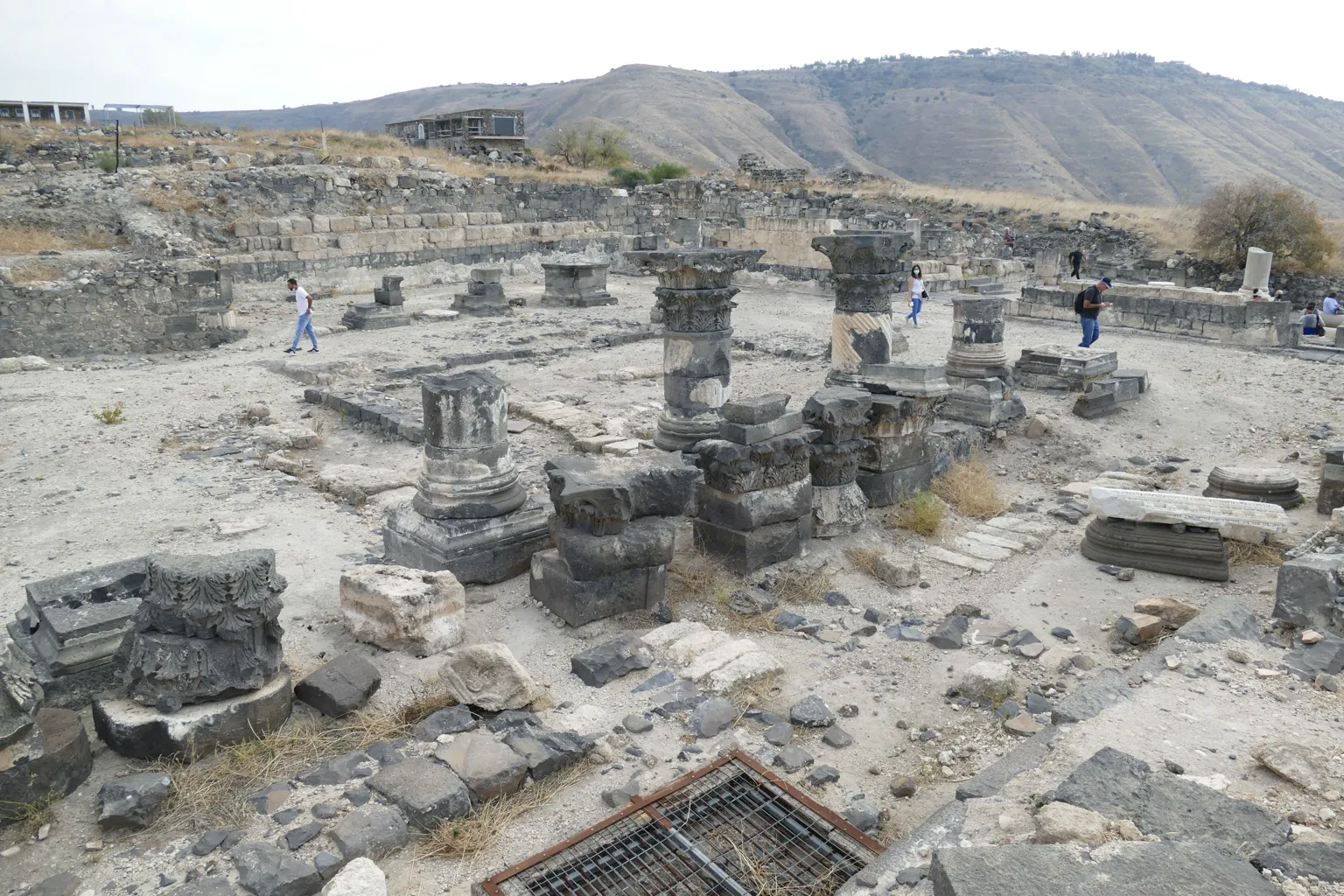
Roman Period and Decapolis Membership
In 63 BCE, Roman general Pompey conquered Coele-Syria, including Judea, and Hippos became part of the Roman Provincia Syria. Under Roman rule, Hippos enjoyed a degree of autonomy and minted its own coins, featuring the image of a horse. The city was given to Herod the Great in 27 BC and returned to the Province of Syria upon his death in 4 BC. During the First Jewish–Roman War (66–70 AD), the city’s Jews faced massacres and revolts.
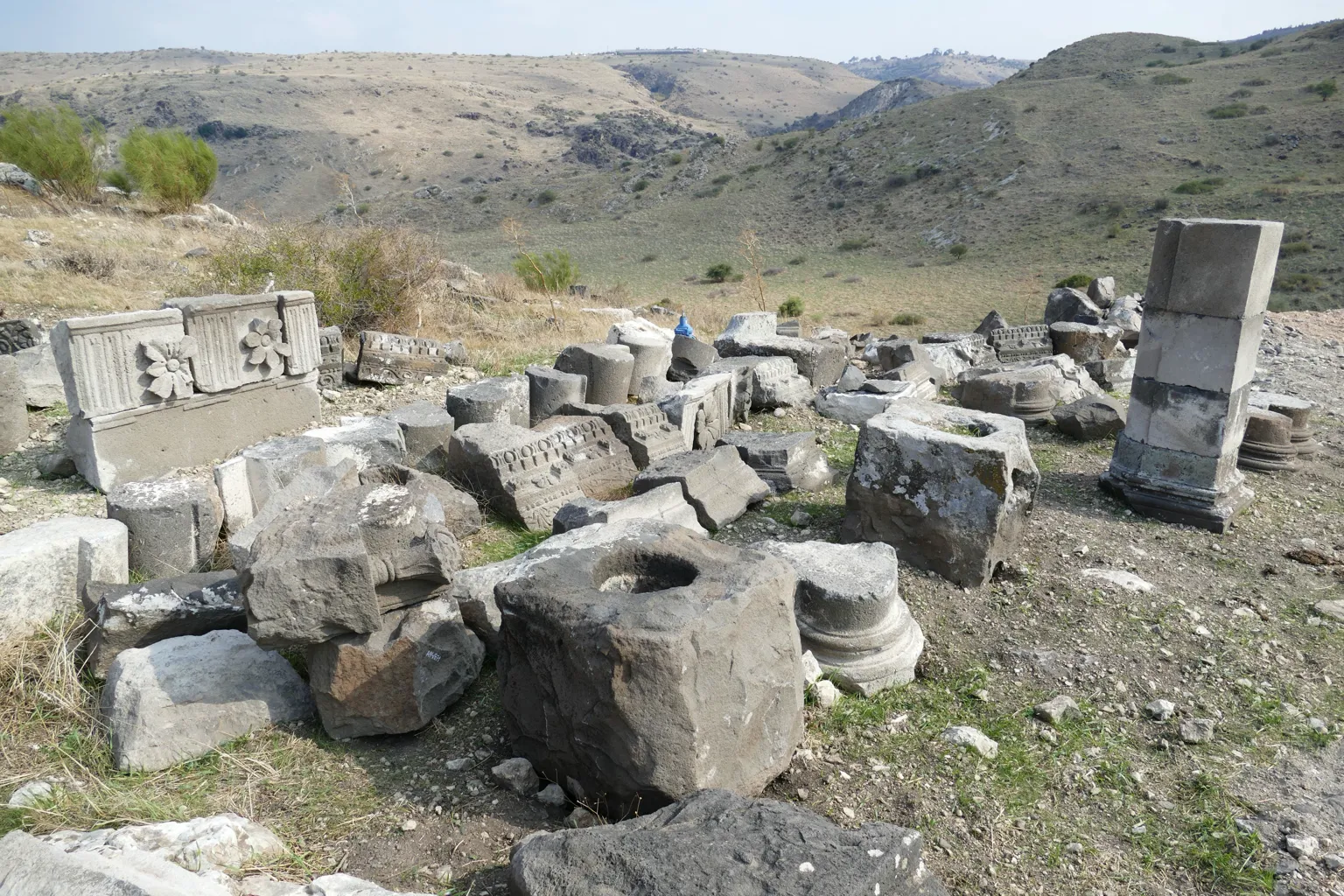
Byzantine Period and Christianization
Christianity gradually took hold in Hippos, becoming the seat of a bishop by at least 359 AD. Despite the Muslim conquest in the 7th century, the new rulers allowed the practice of Christianity. The city continued to thrive until the 749 earthquake led to its abandonment.
Archaeological Discoveries
The site has undergone various excavations since the 1880s. The most notable recent efforts began in 1999, led by an international team. Excavations revealed significant structures such as the odeon, Roman basilica, and several churches. In 2015, a large bronze mask depicting the Greek god Pan was unearthed, highlighting the city’s rich cultural heritage.
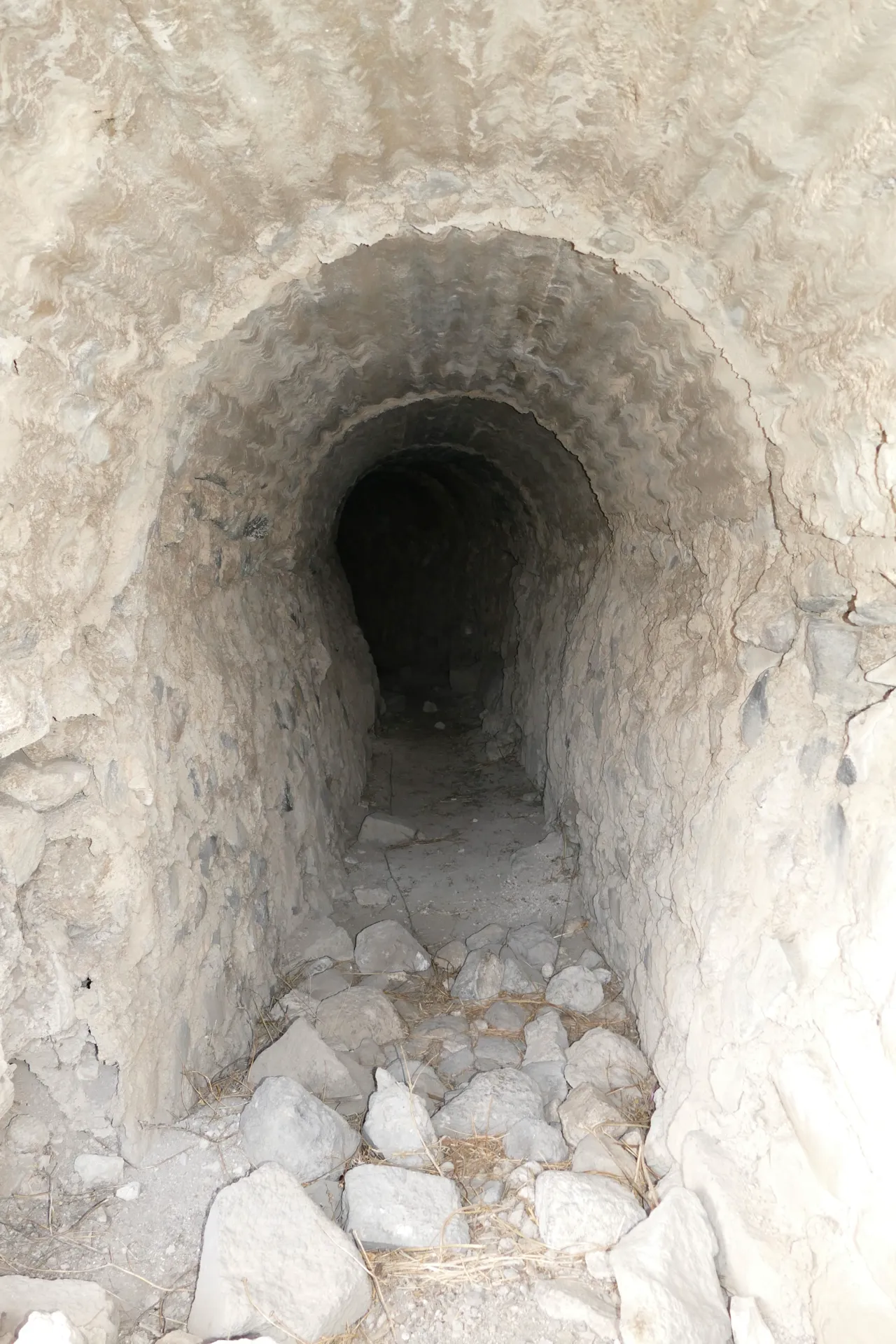
Hippos in Christian Tradition
Some scholars believe that when Jesus mentioned a “city set upon a hill” in the New Testament, he might have been referring to Hippos. Additionally, a miracle recounted in Mark 5 and Luke 8 might also relate to Hippos.
Visit and Exploration
Today, Hippos offers a remarkable glimpse into the past. The site and surrounding area are now a national park and reserve, attracting visitors keen to explore its rich history and archaeological treasures. The ongoing excavations continue to reveal new insights into this ancient city’s vibrant history.
Sources:

